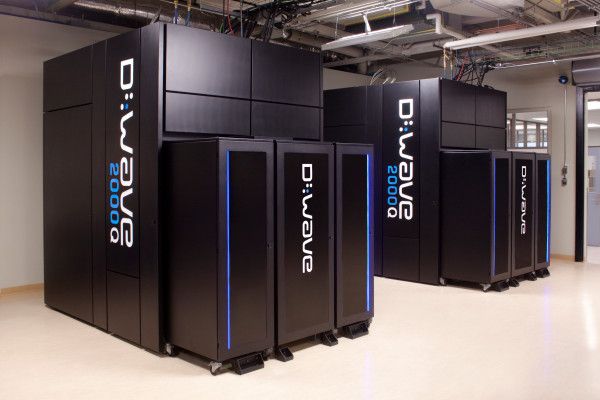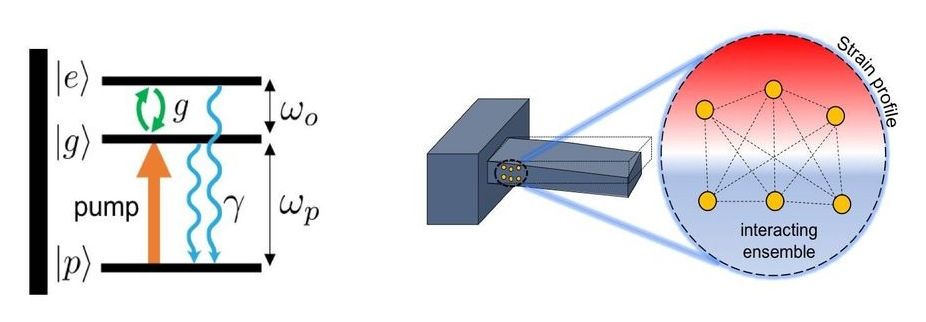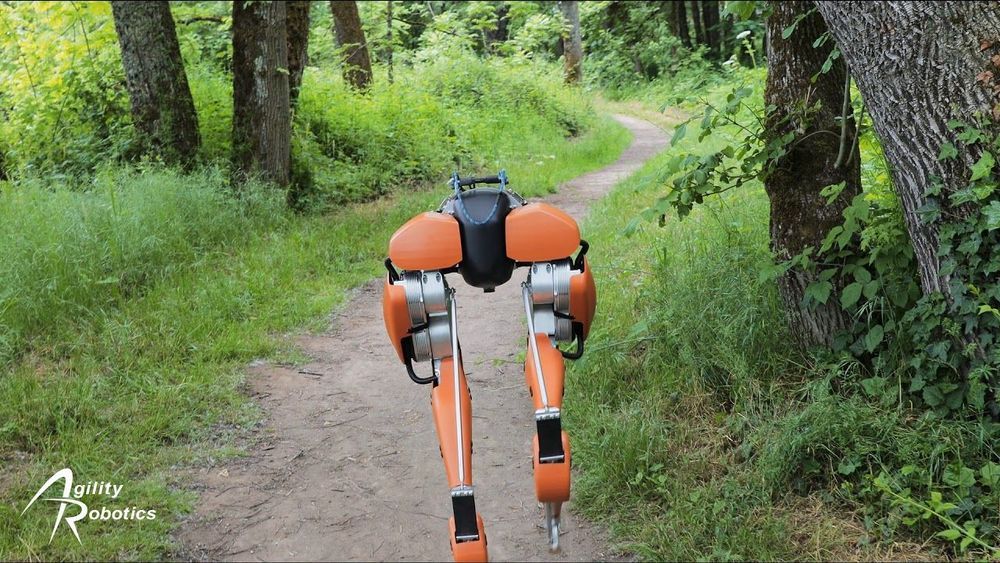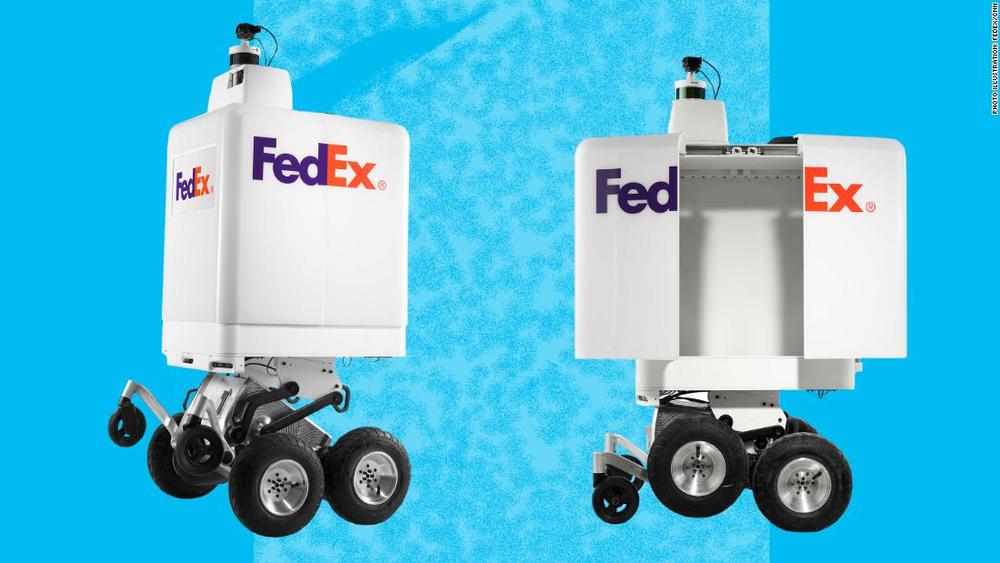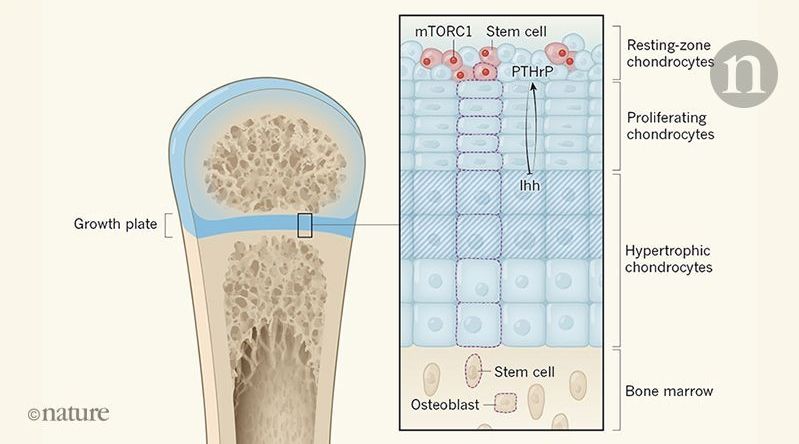Page 9047
Feb 28, 2019
Longevity and Age Reversal
Posted by Cathy Miller in categories: biotech/medical, life extension, transhumanism

Meanwhile, LIVE in Hollywood, FL today.
Brian Manning Delaney will join us with a presentation on “Navigating the Labyrinth of Dietary Restriction Methods.“
Followed with an Age Reversal Update by William Faloon.
Feb 28, 2019
Open-source software tracks neural activity in real time
Posted by Caycee Dee Neely in category: robotics/AI
“A software tool called CaImAn automates the arduous process of tracking the location and activity of neurons. It accomplishes this task using a combination of standard computational methods and machine-learning techniques. In a new paper, the software’s creators demonstrate that CaImAn achieves near-human accuracy in detecting the locations of active neurons based on calcium imaging data.”
Journal Article: https://www.simonsfoundation.org/…/caiman-calcium-imaging-…/
Feb 28, 2019
D-Wave announces its next-gen quantum computing platform
Posted by Quinn Sena in categories: computing, quantum physics
D-Wave, the well-funded quantum computing company, today announced its next-gen quantum computing platform with 5,000 qubits, up from 2,000 in the company’s current system. The new platform will come to market in mid-2020.
The company’s new so-called Pegasus topology connects every qubit to 15 other qubits, up from six in its current topology. With this, developers can use the machine to solve larger problems with fewer physical qubits — or larger problems in general.
It’s worth noting that D-Wave’s qubits are different from those of the company’s competitors like Rigetti, IBM and Google, with shorter coherence times and a system that mostly focuses on solving optimization problems. To do that, D-Wave produces lots of qubits, but in a relatively high-noise environment. That means you can’t compare D-Wave’s qubit count to that of its competitors (with D-Wave claiming the superiority of its machine for certain problems), which are building universal quantum computers.
Continue reading “D-Wave announces its next-gen quantum computing platform” »
Feb 28, 2019
Cooperativity and entanglement pave way for ground-state cooling using nitrogen vacancy centers
Posted by Quinn Sena in categories: engineering, nanotechnology, particle physics, quantum physics
Center for Nanoscale Materials researchers present a quantum model for achieving ground-state cooling in low frequency mechanical resonators and show how cooperativity and entanglement are key factors to enhance the cooling figure of merit.
A resonator with near-zero thermal noise has better performance characteristics in nanoscale sensing, quantum memories, and quantum information processing applications. Passive cryogenic cooling techniques, such as dilution refrigerators, have successfully cooled high-frequency resonators but are not sufficient for lower frequency systems. The optomechanical effect has been applied successfully to cool low-frequency systems after an initial cooling stage. This method parametrically couples a mechanical resonator to a driven optical cavity, and, through careful tuning of the drive frequency, achieves the desired cooling effect. The optomechanical effect is expanded to an alternative approach for ground-state cooling based on embedded solid-state defects. Engineering the atom-resonator coupling parameters is proposed, using the strain profile of the mechanical resonator allowing cooling to proceed through the dark entangled states of the two-level system ensemble.
Feb 28, 2019
The ‘Digit’ robot could be the future of humanoid pizza deliveries
Posted by Quinn Sena in categories: futurism, robotics/AI
Feb 28, 2019
FedEx turns to Segway inventor to build delivery robot
Posted by Quinn Sena in categories: business, robotics/AI, transportation
FedEx is the latest company to join the delivery robot craze.
The company said Wednesday it will test a six-wheeled, autonomous robot called the SameDay Bot in Memphis, Tenn. this summer and plans to expand to more cities.
It’s partnering with major brands, including Walmart, Target, Pizza Hut and AutoZone, to understand how delivery robots could help other businesses.
Continue reading “FedEx turns to Segway inventor to build delivery robot” »
Feb 28, 2019
A newly discovered stem cell that keeps bones growing
Posted by Quinn Sena in category: biotech/medical
Bone elongation requires the maintenance of a growth plate of cartilage. Two studies have now identified stem cells specific to this structure that give rise to both cartilage cells and bone-marrow stem cells. Identification of a stem cell that promotes the growth of long bones.
Feb 28, 2019
Researchers develop a fleet of 16 miniature cars for cooperative driving experiments
Posted by Quinn Sena in categories: information science, robotics/AI, transportation

A team of researchers at The University of Cambridge has recently introduced a unique experimental testbed that could be used for experiments in cooperative driving. This testbed, presented in a paper pre-published on arXiv, consists of 16 miniature Ackermann-steering vehicles called Cambridge Minicars.
“Using true-scale facilities for vehicle testbeds is expensive and requires a vast amount of space,” Amanda Prorok. “Our main objective was to build a low-cost, multi-vehicle experimental setup that is easy to maintain and that is easy to use to prototype new autonomous driving algorithms. In particular, we were interested in testing and tangibly demonstrating the benefits of cooperative driving on multi-lane road topographies.”
Feb 28, 2019
Progress Towards Using Quantum Computers for Solving Quantum Chemistry and Machine Learning
Posted by Quinn Sena in categories: chemistry, information science, quantum physics, robotics/AI
IonQ used its trapped-ion computer and a scalable co-design framework for solving chemistry problems. They applied it to compute the ground-state energy of the water molecule. The robust operation of the trapped ion quantum computer yields energy estimates with errors approaching the chemical accuracy, which is the target threshold necessary for predicting the rates of chemical reaction dynamics.
Quantum chemistry is a promising application where quantum computing might overcome the limitations of known classical algorithms, hampered by an exponential scaling of computational resource requirements. One of the most challenging tasks in quantum chemistry is to determine molecular energies to within chemical accuracy.
At the end of 2018, IonQ announced that they had loaded 79 operating qubits into their trapped ion system and had loaded 160 ions for storage in another test. This new research shows that they are making progress applying their system to useful quantum chemistry problems. They are leveraging the trapped-ions system longer stability to process many steps. The new optimization methods developed for this first major quantum chemistry problem can also be used to solve significant optimization and machine learning problems.


